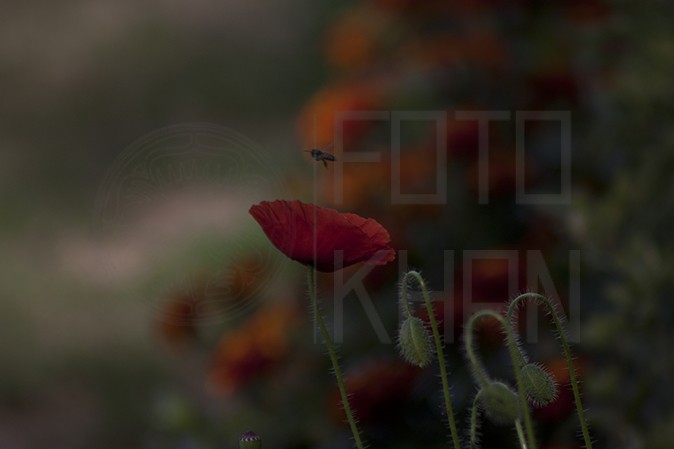Achieving proper exposure is a fundamental skill for beginner photographers. Proper exposure ensures that your photos are neither too bright (overexposed) nor too dark (underexposed) and that all the details are well-captured. Here are some valuable tips for beginners on achieving proper exposure:
1. Understand the Exposure Triangle:
The exposure triangle comprises three essential elements: aperture, shutter speed, and ISO. These settings work in harmony to control the amount of light that reaches the camera sensor. Understanding how they interact is crucial for proper exposure:
- Aperture (f-stop): Aperture controls the size of the lens opening. Lower f-stop values (e.g., f/2.8) result in a wider aperture, allowing more light in and creating a shallow depth of field. Higher values (e.g., f/11) create a narrower aperture, letting in less light and providing a broader depth of field.
- Shutter Speed: Shutter speed dictates how long the camera’s sensor is exposed to light. Fast shutter speeds (e.g., 1/1000s) capture quick action and reduce light intake, while slow speeds (e.g., 1/30s) allow more light and are ideal for capturing motion or creating artistic effects.
- ISO: ISO measures the sensor’s sensitivity to light. Lower ISO values (e.g., ISO 100) are suitable for well-lit conditions, while higher values (e.g., ISO 800, 1600) are used in low light. However, higher ISO settings can introduce digital noise.
2. Use Exposure Modes:
Most cameras offer various exposure modes, including:
- Program Mode (P): A semi-automatic mode that allows you to set ISO and exposure compensation while the camera handles aperture and shutter speed.
- Aperture Priority Mode (A/Av): You set the aperture, and the camera adjusts shutter speed for proper exposure.
- Shutter Priority Mode (S/Tv): You choose the shutter speed, and the camera adjusts aperture for proper exposure.
- Manual Mode (M): You have full control over aperture, shutter speed, and ISO.
Start with aperture or shutter priority modes to get comfortable with manual adjustments while ensuring proper exposure.
3. Use Histograms:
Histograms are graphical representations of your image’s tonal range. They help you assess exposure levels accurately. Aim for a histogram that spans the full range from dark shadows on the left to bright highlights on the right without clipping (peaking at the edges).
4. Exposure Compensation:
Use exposure compensation to fine-tune exposure when shooting in automatic or semi-automatic modes. Dial in positive compensation (+1 or +2) to brighten the image or negative compensation (-1 or -2) to darken it.
5. Bracketing:
Bracketing involves taking multiple shots of the same scene with different exposure settings. This helps ensure that at least one shot will have the correct exposure. Bracketing is especially useful in tricky lighting situations.
By understanding and practicing these exposure techniques, beginners can achieve proper exposure consistently and enhance the quality of their photographs. As you gain experience, you’ll develop an intuitive sense of how to adjust your camera settings to capture the perfect shot in various lighting conditions.

